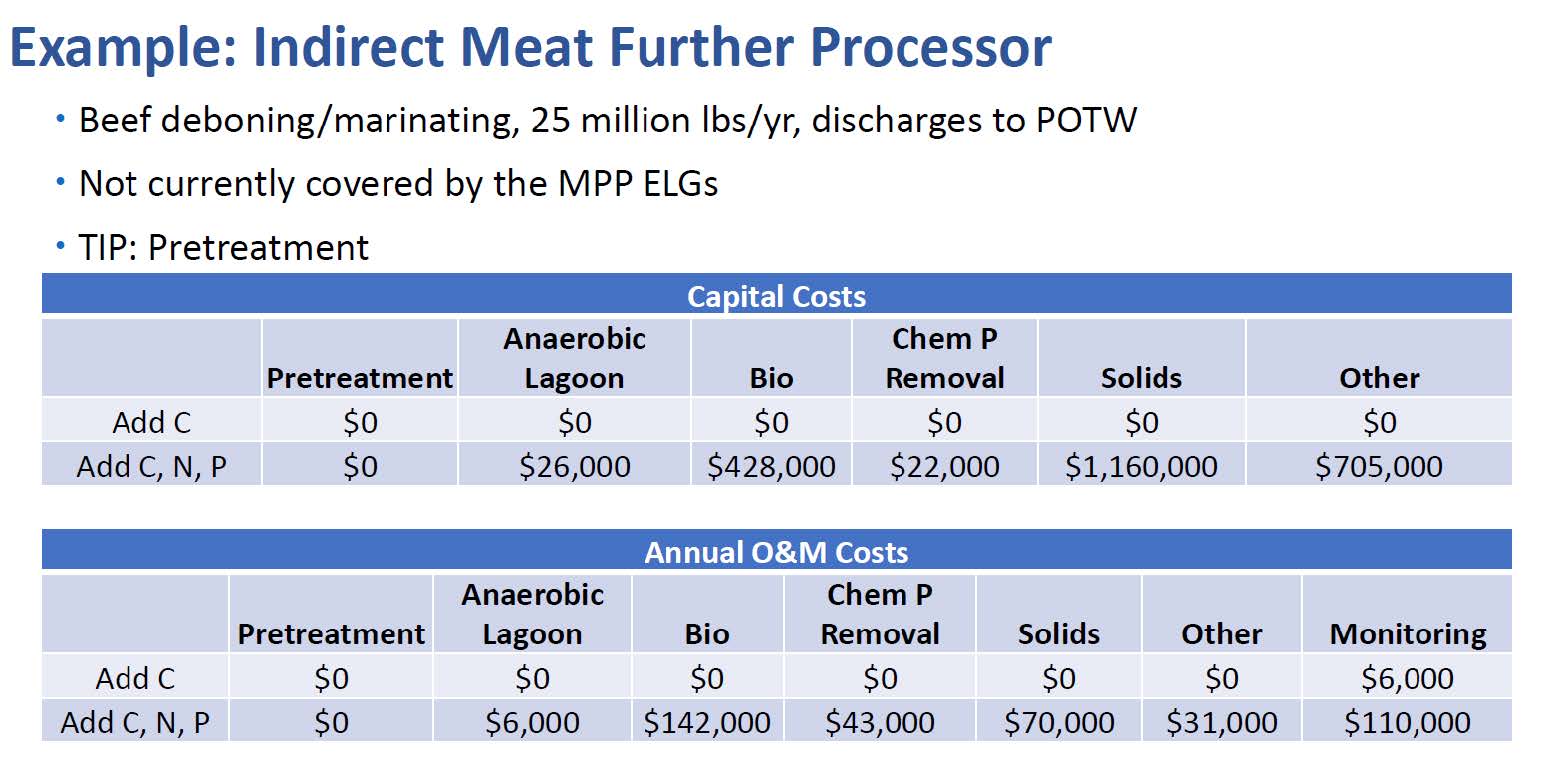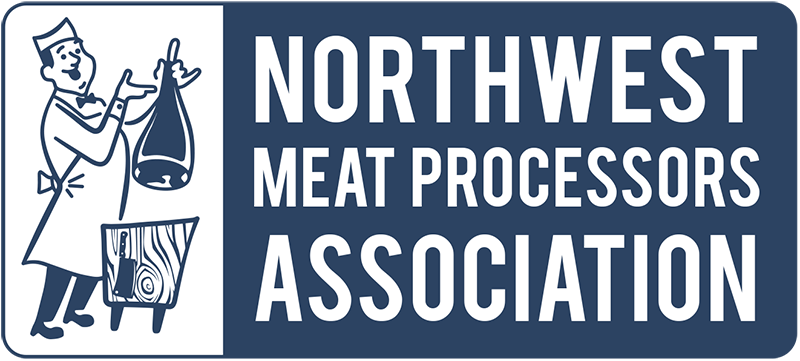CONTACT
Troy Wilcox
NWMPA
Troywilcox@nwmpa.com
FOR IMMEDIATE RELEASE
Meat Processors Brace for Impact as EPA Proposes New Regulations on Wastewater Discharge
May 10th, 2023 – In an effort to explain what is happening with the EPA and the impact this will have on the meat processors not only in the northwest but throughout the country, we are writing down what happened in the Zoom meeting on May 2nd, 2023. The goal here is that we can provide enough information to our members that they can reach out to their legislators and let them know about how this will negatively impact them and their livelihoods.
There were many (20+) people on the zoom. Everyone from EPA to the US Poultry & Egg Association to AAMP members. The EPA rolled out a need to update the Effluent Limitation Guidelines. What this means is that the EPA is going to regulate, nationally, a requirement to limit the nitrogen and other pollutants that are discharged from Meat Processing Facilities into waste water systems. This is going to affect any processor in the country that does slaughter in their facility. The EPA views a “small processor” as someone who has less than 1000 employees. As you will see from the slide presentation, there are exceptions for poultry processors that slaughter fewer than 10,000,000 lbs of meat per year but there are no exceptions for Meat Processing Facilities who process any other livestock. This means everyone will be subject to this new policy, unless we act fast.
One of the people on the call, Allison Porteus of Boones Butcher Shop in Kentucky said, “I am still in shock by how ignorant the group was on what small processors actually look like. The small business definition of 1,000 employees or less is absurd for meat processors. We definitely need to show them statistics on who makes up small and very small processors in this country because I really don’t think they have any idea who they’re impacting.”
A lot of the info the EPA were showing was based off those survey’s everyone got last summer from EPA. They are taking those numbers and running with them which can NOT be an accurate representation of everyone….we know how many people ACTUALLY REALLY fill out that and send it in. When that fact was mentioned, EPA said “Oh, if you know people who haven’t sent them, they still can and we will review that”. From the survey’s they are basing costs of what it “might” cost a processor to update their wastewater systems, and those numbers are frightening. Anywhere from ZERO to million(s). And this is something that will not make you a profit…attached starting on page 18 are those costs.
In addition to this, the systems they are talking about you might need to get a degree in microbiology to figure out the talk. We have until May 16 to make written comments that will be added publicly to this info. There will be another meeting in June and this will go into effect in December.
Below is an example slide from the presentation. Indirect means that you’re not discharging to surface water, and in this example, the processor is discharging to sewer. “C” is conventional wastewater stuff – fat, grease, etc. Most of us already have drain filters and grease traps, so they didn’t add any additional costs into their diagram for capital costs. If they only regulate conventional items, the only change would be monitoring costs of $6,000 annually for what I assume is water testing. “N” is nitrogen and “P” is phosphorus. If they decide to regulate meat processors for C, N, and P, they estimate it would cost the processor the total of that row, so about $2.3M to put the infrastructure and equipment in to remove those nutrients. Then they estimate the processor would spend an additional $402k per year to operate and maintain those systems. I specifically asked if those costs would go down if the processor did far less than 25M lbs/year and they said no, the costs would stay the same regardless of the amount being processed.

As you can see, this is very serious for all of us. If we don’t speak up, this will go badly for many, many processors throughout the country. We all want clean water but there has to be a better way.
The only positive news in this is this statement from the Small Business Administrations Assistant Chief Counsel for Environment and Regulatory Reform, Dave Rostker, “I think SBA Office of Size Standards would completely agree with you. When industries are highly consolidated, the size standard for small businesses tends to be rather large. For some industries this means that the industry is, numerically, mostly small businesses. In the context of this rulemaking, it means that EPA should be considering impacts on a range of sizes within the small business definition, i.e., 1-10 employees, 10-25 employees, 25-100 employees, etc . . . . I would welcome a discussion of distinctions between various sizes of small businesses within SBA’s definition, including whether employee-based size standards make sense for you all v. production-based standards.”
Also, from the AAMP Executive Director, Chris Young, “AAMP will be working to coordinate efforts to fight this. I believe it will take working with the SBA and others to educate the EPA on the small side of the industry and what the definition of that is and the impact of the current direction EPA is headed will have on small processors. We will also need to show them that their numbers are not really correct when it comes to discharge and nitrogen etc. AAMP will submit comments on this by the deadline, this would be crippling to our members and typical of other actions of this administration towards small businesses.”
While this is good news that we have people advocating for all of us, it is also possible that you could advocate for all of us. Please reach out to your senator or congressman and let them know what is happening and how this is going to affect you. There is still time if we act now!
